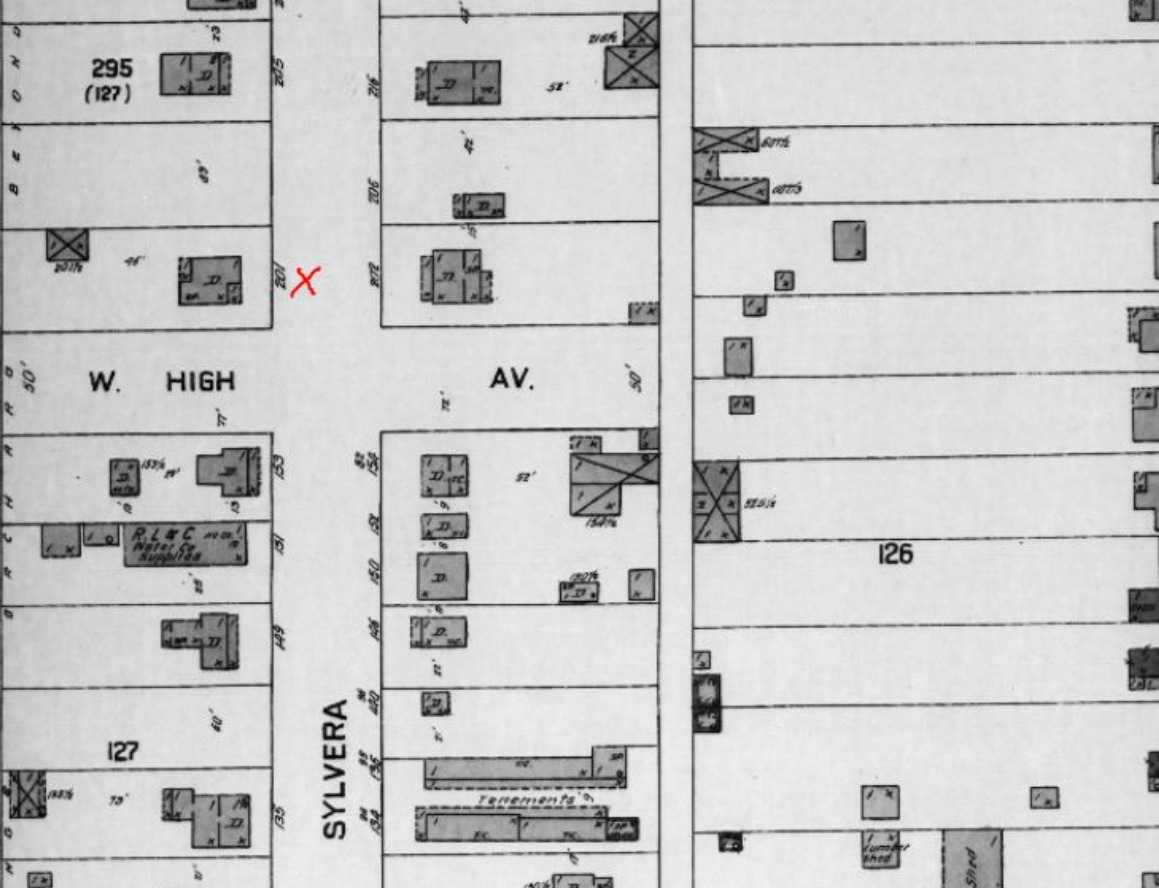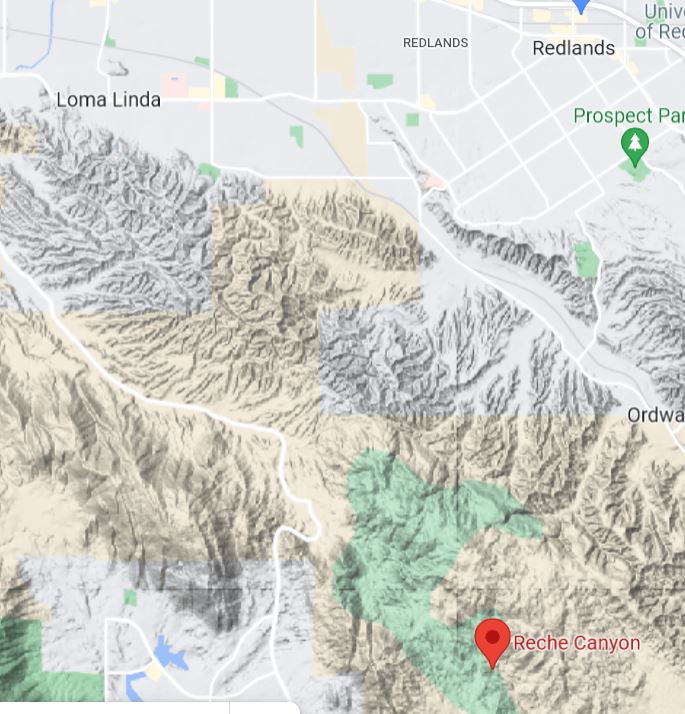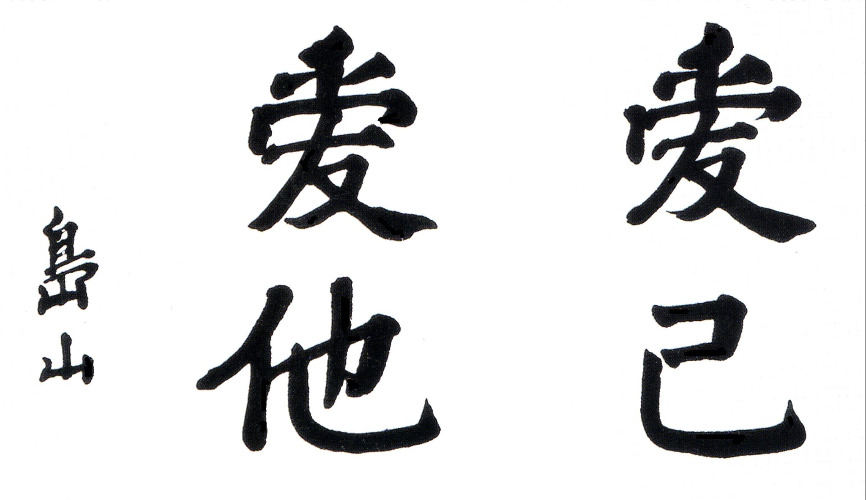The claims about Riverside being the First Koreatown are based on incorrect research, historical exaggeration and disingenuous claims. The existence of other Korean settlements was overlooked or overshadowed. There is no exclusive support for claiming Riverside is some central critical location during the Independence Movement. Singling Riverside out is a convoluted portrayal of the patriotic spirit and history of Pioneer Koreans in America.
Look at Ann C Deegan's articles in Redlands Community News about Korean settlements:
Overlooked Koreans Redlands August 19, 2021 Church Fire September 23, 2021
Redlands Sanborn Fire Insurance Map 1908 linked to ARCGIS interactive map.
Redlands Korean community seemed more advanced than the Riverside Labor Camp comparing both of the 1908 Sanborn maps. The Korean Methodist Mission was established before the Riverside Presbyterian Mission. In 1906 there were thirty people in the picture of the Redlands mission. There was a Korean Settlement located to the west of Redlands just off the 1908 Redlands Sanborn Map.
Why does Pachappa Camp and Lee Sun Ju call the living quarters at Pachappa 'buildings' when Sanborn determines them as 'shanties'? Pachappa was a ghetto with crudely built shacks. How Pachappa migrant labor camp qualify as a "town"?
Dosan did not live at Pachappa when he came to Riverside. He did not discover Pachappa. He lived in a house where he worked as a houseboy. Yi Kang and Im Jung Ki were the Koreans who found Pachappa.

Wonbo Lee lived at 505 W State upper left corner. Last building on right is the Korean Methodist Episcopal Mission located at 11 Sacramento Ave. See next picture

The Korean Methodist Episcopal Mission was established in Redlands in 1906. Rev. Pang Hwajung is on right back row. Rev. Yim Choon Ku is standing to the left of man in dark suit. This photo was published in 2006 in Rainbow Over the Pacific on page 47 Vol 3

Redlands Chinatown is on the left corner of Lugonia and Oriental Ave. A Korean Laundry is located at 308 Oriental Ave. At 304 to the right is a Chinese laundry.

Casa Loma Hotel is at 1 Colton Ave upper right. 10 Koreans worked and lived at this hotel. Lower left is the Korean ME Mission and Wonbo Lee's home.
Confusing Claims from UC Riverside

1908 Riverside Sanborn Fire Insurance Map Pachappa
UC Riverside, the City of Riverside, The South Korean Consulate and South Korean American Media all claim Edward Chang is an expert. Why is there NO Korean Mission on the 1908 Riverside Sanborn Fire Insurance map?
Never were there 1000 or "nearly 1000" Koreans residents living in Riverside as Chang falsely claims. This claim defies all US Immigration records at that time.

1908 Redlands Sanborn Fire Insurance Map Mission
Besides the photo of the Korean Mission in Redlands in 1906 this Mission is clearly identified on the 1908 Redlands Sanborn Fire Insurance Map. Redlands Korean community was more advanced than the Riverside Community. The FIRST KNA Convention was held in Redlands in 1909.
Records indicate Redlands had a more developed Korean community in 1908. Why didn't UC Riverside include more complete information about Koreans?
How can the University of California support incorrect claims from UC Riverside? "The story of Pachappa Camp was not known until Dr. Chang discovered a 1908 Sanborn Insurance map depicting the "Korean Settlement." From there, Dr. Chang discovered Korean language newspaper articles in the Sinhan Minbo and other sources that confirmed his theory that Pachappa Camp was indeed the first Koreatown in America. The camp, which was also known as Dosan's Republic, functioned as a community, developing cultural capital through its many activities." How could UC Riverside's Chang "discover" the map when it has been previously published and used many times? How can Chang "discover" articles in newspapers that have been studied many times by qualified historians in Korea and America? Chang makes a series of disingenuous claims about Pachappa Camp in the linked article.
The claim about Democratic Republicanism overlooks Soh Jae Pil/Dr. Philip Jaisohn, the Independence Club, American Missionaries and the governing of the Presbyterian Church as more relevant influences on Dosan's political ideals. It also neglects Yulgok Yi I's ideals - one of the top three influences on Dosan's political philosophy. San Francisco members of the Chinmokhoe were much more politically advanced thinkers than the predominately uneducated migrant laborers at Pachappa. Why were all the organization main offices in San Francisco? Some of Dosan's most important Independence Movement colleagues never came to Riverside or Pachappa.
Why is Pak Young Man not included in the discussion about the development of democracy?
Chang is turning the history of a unified community to an exaggerated account of Pachappa Separatists. Revision is harmful because it is not education.

1908 Map published by Korean Christian Herald 2006
Chang is not the first person to discover the 1908 Sanborn Fire Insurance Map. Lee Sun Ju - who Chang uses as a reference - published the 1908 Riverside Sanborn map in 2006 in the Korean Christian Herald's Rainbow Over the Pacific page 228 Vol 1.
A framed copy of the 1908 Sanborn Map has been hanging in the Dosan Memorial Hall in Seoul Korea given to Manager Choi Jong Ho when he visited Riverside long before Chang claims he discovered the map in 2016.
How can Chang claim: "He discovered 1908 Riverside Sanborn Map"?
Chang's interpretation of the map's details is also questionable. The term "settlement" frequently used by Sanborn Maps Company is not an anthropological, sociological or geographical determination. It identifies inhabited areas of a community in order for an actuary for Sanborn Insurance to analyze financial costs of risk and uncertainty. Sanborn does use terms like Chinatown or Spanishtown when the criteria calls for it. Why was "town" not titled for Pachappa? It was not a "town" nor did it have the attributes of a "town" as claimed by the University of California and the City of Riverside officials. AI said same thing about not a town.

Does the Shinhan Minbo provide conclusive evidence Riverside was First Koreatown?
The Sinhan Minbo has been researched for decades by qualified researchers. Chang is not capable of translating the Shinhan Minbo accurately. It was written in archaic Korean using regional satori/slang and Hanmun - Hanja/old Korean Chinese. Meaning and characters are easily misinterpreted. If a Korean or non-Korean literature student is not extremely well educated in Korean Independence Movement history the translations are more likely to be incorrect.
Chang is not well studied or versed in Independence Movement History. He is limited when it comes to the genuine understanding of Dosan. He is not an academically trained historian. The Shinhan Minbo references in Pachappa Camp reveal articles conflicting with Chang's dates of activity claims seem to be missing The missing October 11th, 1911 issue is an example of an article clearly conflicting with Chang's claims about Dosan's family waiting in Riverside when he arrived in 1911. Dosan met his family in Dinuba before stopping in LA for a welcome party.
"It is hoped that others can do additional work in the future that will reveal more about the overlooked Korean men and women who lived in Redlands." Ann C Deegan
Sun Ju Lee who wrote an article 'Dosan Ahn in Riverside' in The Independence Movement and Its Outgrowth by Korean Americans. According to Lee the Gongnip Hyophoe (Mutual Assistance Assn) was established in Redlands before it was established in Riverside.

June 16, 1907 Letter from Dosan Ahn Chang Ho in Korea to his wife Helen Lee Ahn living in Redlands with her son Philip.

Korean Labor Bureau Office
201 Sylveria St. Redlands, CA

There was a Korean Settlement southwest of Redlands and east of Riverside at Reche Canyon.
Pasadena Early Koreans 1905
Hugh Heung Woo Cynn and Chang Kyeung established the Taedong Kyoyukhoe in Pasadena in 1905. It was very much the same type of organization as the Gongnip Hyophoe. There were jobs in the Pasadena area citrus groves. Mrs. Harry C Sherman who established an Southern Methodist Episcopal Mission on Magnolia in Los Angeles on March 11, 1904 also developed a labor agency for Koreans.
According to Yu Eui Young - Thus, in that year (March ll, 1904) a retired missionary by the name of Mrs. Sherman opened a residential mission school on Magnolia Street near the University of Southern California campus and started Bible study, worship, and English lesson for Koreans. This was the beginning of the Korean Methodist Church of Los Angeles (Kim, W.Y., 1971:34). In 1905, the first association of Koreans, Taedong Kyoyukhoe (Korean Education Society) was formed in Pasadena, a suburban city of Los Angeles (Yang, 1982:9; Noh, 1951 :27). In May 1906, a group of Koreans established a Presbyterian Mission at a rented house on Hill Street, Los Angeles. This latter became the Korean Presbyterian Church of Los Angeles (Kim, W. Y., 1971 :37). It is apparent then that a small group of Koreans in Los Angeles area formed a community sometime between 1904 and 1905 by establishing churches and associations.

Hugh Heungwoo Cynn was a preacher at Korean Methodist Mission Los Angeles founded in 1904. He started Taedong Pogukhoe in Pasadena in 1905. He studied Theology at USC. Hugh Cynn knew Dosan from the Independence Club. Cynn went to Methodist Paijai School with Syngman Rhee. Dosan went to Presbyterian Kusae School. Their conflict began in 1896 and went on for many years.

Chang Kyung was one of the first 4 Koreans sent to Riverside by the Chinmokehoe Labor Agency in San Francisco to test the citrus jobs in 1904. Chang Kyung who originally met Dosan at the docks in San Francisco in 1902 had some disagreement with and Dosan left Riverside to join Cynn's Taedong Pogukhoe in Pasadena in 1905.

There were many Orange groves in the Pasadena area. Koreans from Tedong Pogukhoe Labor agency worked in these groves. The Taedong Pogukhoe competed with Gongnip Hyophoe for Korean laborers who were coming from Hawaii to San Francisco in 1905. As soon as members from both groups saw a Korean disembarking from a boat they would tag his bags and take them to the organization office or a hotel after
Riverside was not only place in Southern California with women. Redlands had women and families.
Milisa Cha arrived in Pasadena, California in the fall of 1905 to work to save money to pursue her further education. She joined the Taedong Pogukhoe. After the San Francisco earthquake in 1906, she went to the Taedong Pogukhoe headquarters in San Francisco to work with the Women's Home Missionary Society of the Methodist Episcopal Church at the Ellen Stark Ford Home for Japanese and Korean Women and Children. She was quite a strong woman with a keen sense of civic responsibility and great courage to fight for Korea's freedom.
